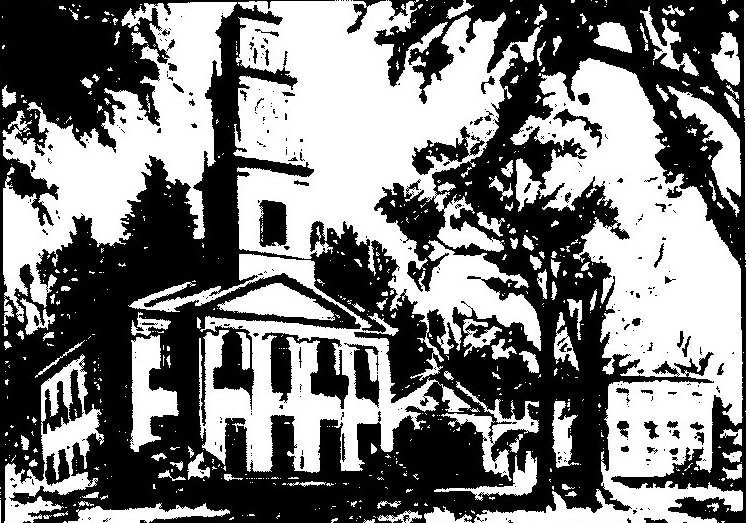|
|
Awakening |
|||
Contents
|
Brief Orientation to Pam McDonald's CollectionCONTENTS: Two notebooks, a 3 inch Binder 1 and a 2 1/2 inch Binder 2, containing notes and photocopied materials. The earliest material is a report by C. S. Johnson sponsored the Urban League from 1921. The most recent materials are interviews recorded (on tape or by hand) in August 2000. These notebooks are organized primarily according to the type of source and then sub-divided into specific sources, or, rarely, by subject matter. The source of each page is clearly identified on the page. Research notes about searching for a type of source are filed at the beginning of each source type. (For example, efforts to retrieve the Hartford Observer and the Daily Gleaner from the Connecticut State Library were unsuccessful. Notes from that search are included at the beginning of the Periodicals and Scrapbooks section.) This project was begun with the intention of creating a public marker to be place in Eno Memorial Hall commemorating the 2 summers of Martin Luther King’s residency at age 15 and 18, in Simsbury Connecticut, his attendance at movies in the Hall, and to acknowledge the part that Connecticut’s Inter-Racial Commission and the Simsbury community played in his experience here. Although much has been documented through interviews and early newspaper clippings about the experience of the Morehouse students during those summers, there is very little material available that is specific to Martin Luther King, Jr.’s personal experience. Further research, particularly among Morehouse graduates in Atlanta, Georgia (e.g. Larry H. Williams) and in Connecticut, is likely to produce valuable data on this topic. However, this data probably resides primarily in the memories and notes of Martin Luther King, Jr.’s fellow students and requires swift action to be preserved. For example, in the raw footage of the interview taped by Connecticut Public Television and noted in this collection, Dr. Pickens, who was a close friend of Martin Luther King, Jr., mentions that he was assembling material in preparation for writing a book about the experiences of the Morehouse College students in Connecticut. Dr. Pickens died in 1999. His son, who appears to live in Newington, may know the whereabouts of this material. It has been particularly disappointing that a statement, signed by the operator of the Eno Memorial Hall movies in cooperation with the Connecticut Inter-Racial Commission promising not to discriminate against the African-American tobacco workers the year before Martin Luther King, Jr. came to Simsbury, was never found despite extensive searching. Nor has it been conclusively demonstrated that Martin Luther King, Jr. actually attended movies at Eno Memorial Hall in 1944. (He could not have attended in 1947 because the movies were no longer being shown.) Much of the material in these binders is photocopied for personal research purposes and CANNOT LEGALLY BE REPRODUCED FROM THESE COPIES. However, notes can be taken. Persons interested in pursuing further research are encouraged to browse the sections on Contacts and Leads. There are a number of potentially fruitful directions for generating useful data. Among them:
. |




